Writing a Pirate Story – Grammar
£3.00
Pupils work with a partner to learn about the grammar and punctuation needed to write a pirate story.
This lesson develops collaborative learning and thinking skills which has been proven by research to be crucial for successful learning. As well as developing collaborative skills pupils also benefit from undertaking a fully-scaffolded activity.
Description
These evidence-based learning (EBL) lessons are based on classroom practice that has been proven, by research, to maximise thinking, learning and attainment. From an extensive review of educational research, we identified the eight key classroom thinking and learning skills that were common across these research papers. We named these eight key skills “EBL skills”.
EBL skills have been proven by research to maximise learning because they combine the most productive thinking skills with the most effective learning behaviours. Each of our evidence-based learning lessons uses the English curriculum as a framework through which the eight EBL skills are delivered.
The skills in bold below are the EBL skills developed in this Pirate lesson. Click on each skill to learn more about that skill.
- Collaboration
- Thinking Skills
- Peer Assessment
- Peer Teaching
- Self-Assessment
- Metacognition
- Self-Regulation
- Independent Learning
1 review for Writing a Pirate Story – Grammar
Only logged in customers who have purchased this product may leave a review.
Related products
-


Writing a Pirate Story – Story Plan
£2.00 Add to basket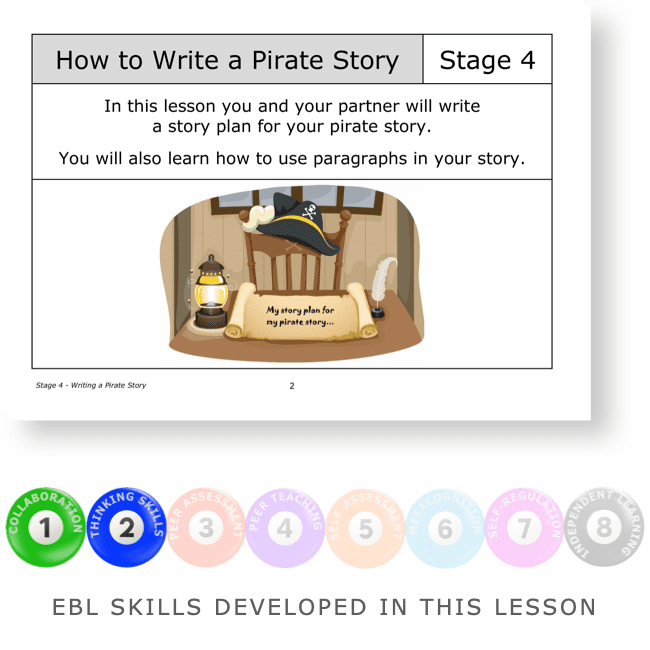 £2.00Add to basket
£2.00Add to basketPupils work with a partner learning to write a story plan for their pirate story.
They will use this with their mind map to write their story in the last stage of this five-stage activity.
This lesson develops collaborative learning and thinking skills which has been proven by research to be crucial for successful learning. As well as developing collaborative skills pupils also benefit from undertaking a fully-scaffolded activity.
VIEW -


Writing a Pirate Story – Adding Details
£2.00 Add to basket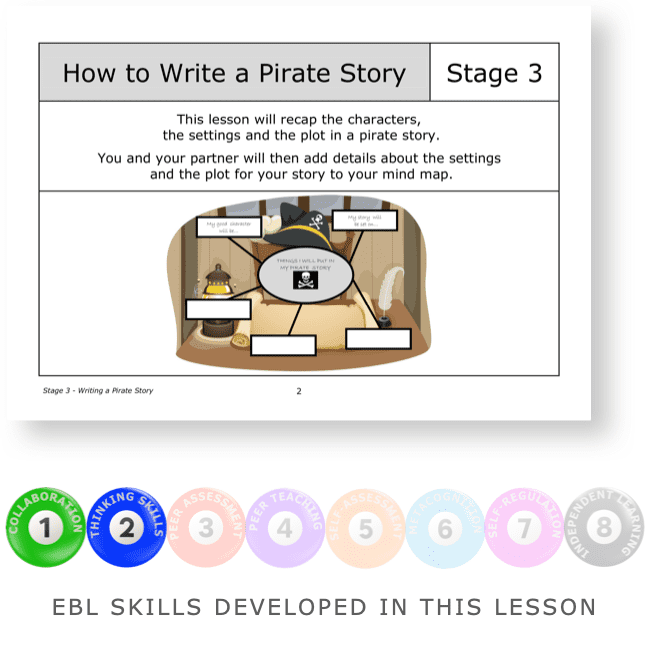 £2.00Add to basket
£2.00Add to basketPupils work with a partner learning and recapping the characters, settings and plot of a pirate story.
They will add details about the setting and the plot for their story to their mind map.
This lesson develops collaborative learning and thinking skills which has been proven by research to be crucial for successful learning. As well as developing collaborative skills pupils also benefit from undertaking a fully-scaffolded activity.
VIEW -

 SAVE 25%
SAVE 25%How to Write a Pirate Story + PDF
£6.00 Add to basket £6.00Add to basket
£6.00Add to basketSave 25% when you buy all 5 lessons in this series:
- Stage 1. Writing a Pirate Story – Grammar
- Stage 2. Writing a Pirate Story – Mind Map
- Stage 3. Writing a Pirate Story – Adding Details
- Stage 4. Writing a Pirate Story – Story Plan
- Stage 5. Writing a Pirate Story – Now Write
VIEW -
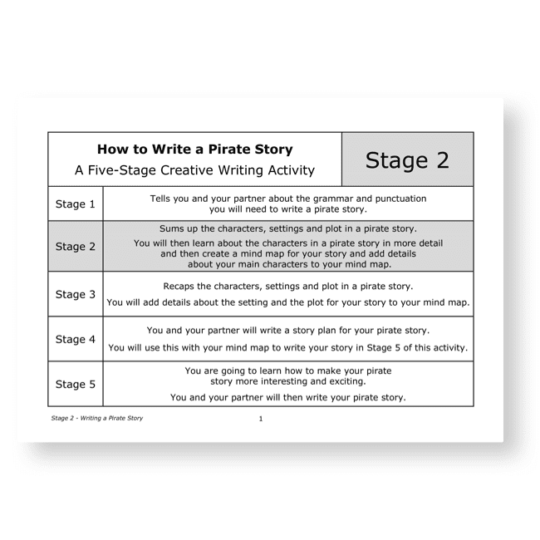

Writing a Pirate Story – Mind Map
£2.00 Add to basket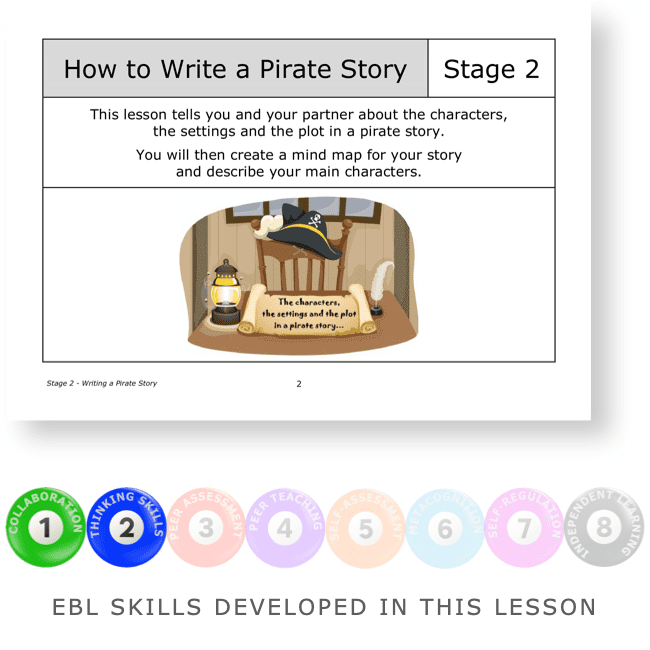 £2.00Add to basket
£2.00Add to basketPupils work with a partner learning about the characters, settings and plot of a pirate story.
They then create a mind map for their story and add details about their main characters to this mind map.
This lesson develops collaborative learning and thinking skills which has been proven by research to be crucial for successful learning. As well as developing collaborative skills pupils also benefit from undertaking a fully-scaffolded activity.
VIEW

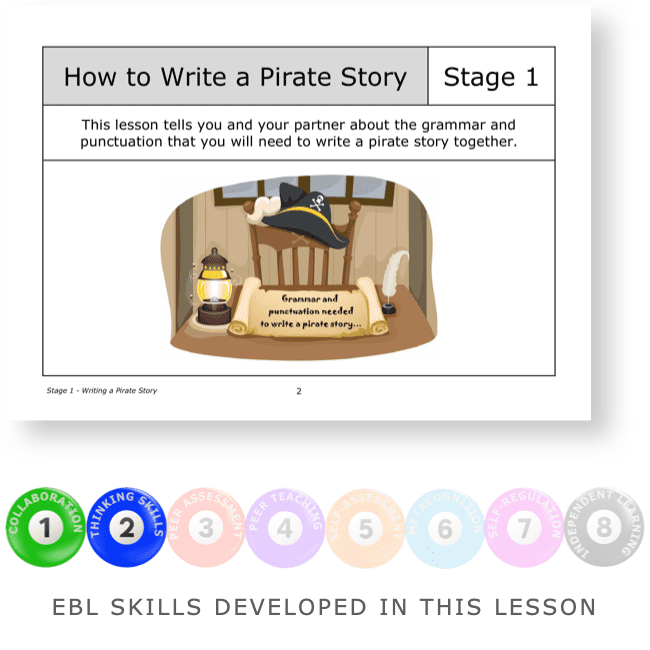
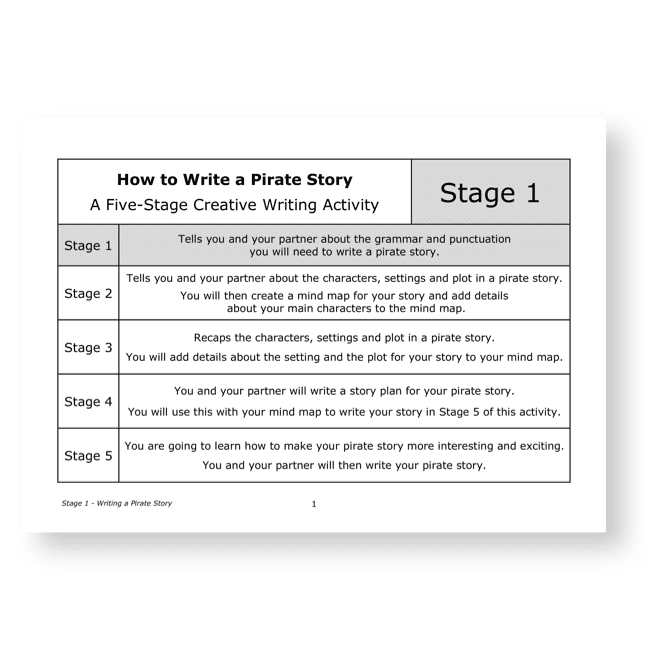
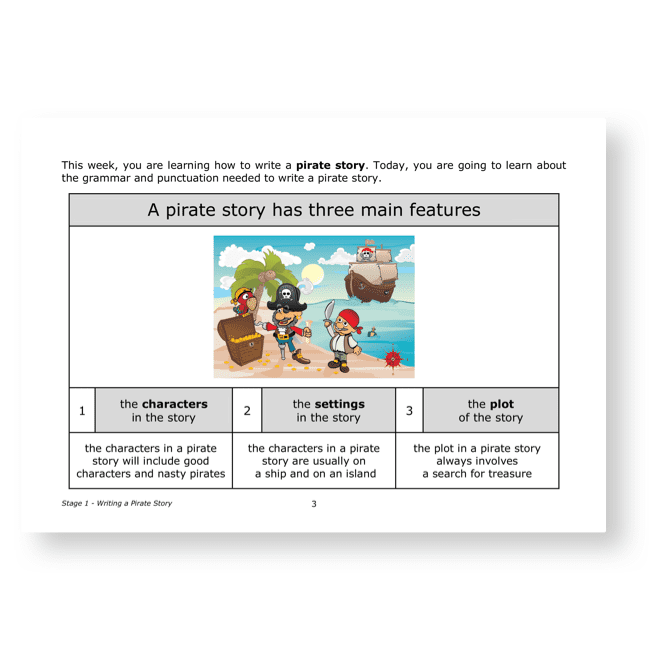
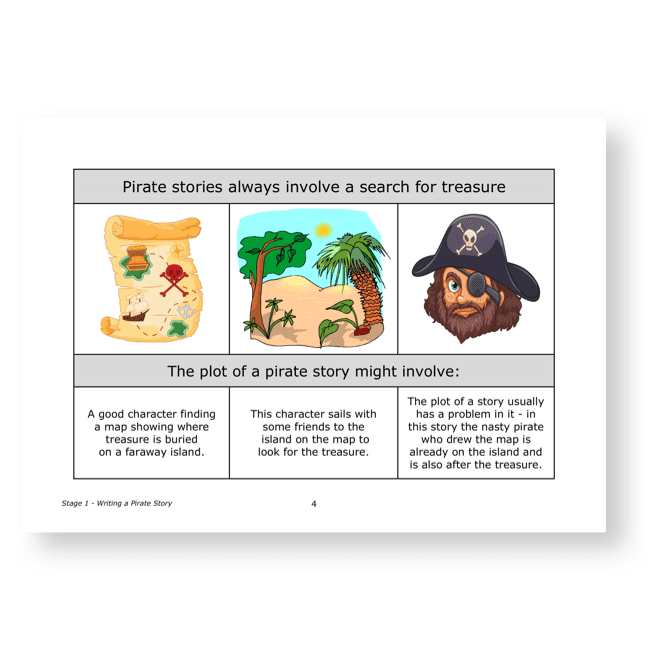


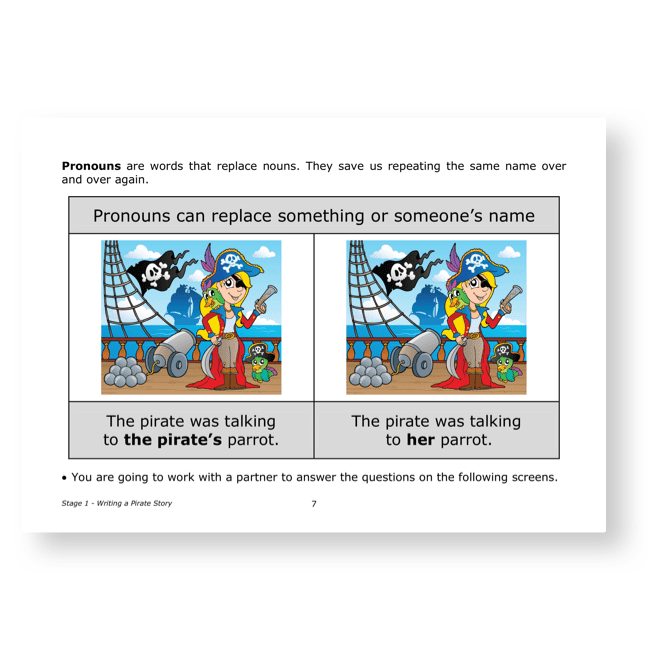
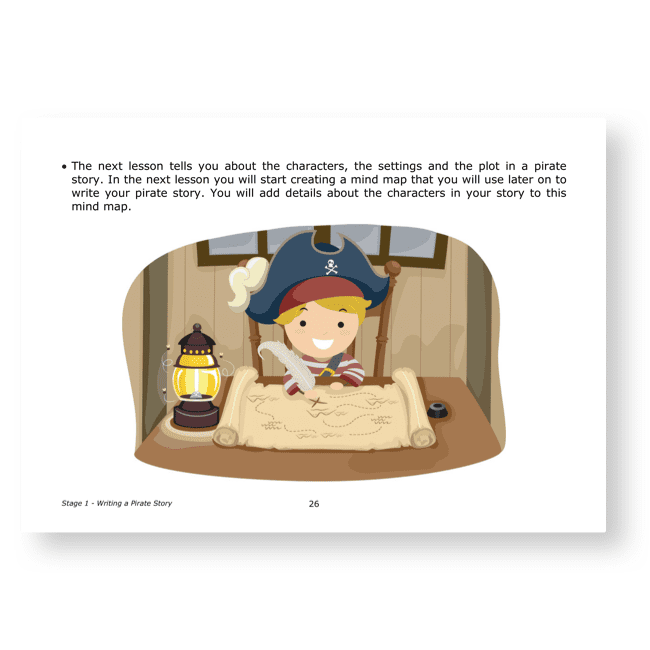
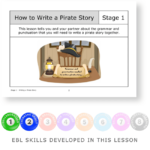
Philipem (verified owner) –
We asked a.i. to evaluate this lesson. This is what it said:
Teaching Grammar and Writing Skills Through Pirate Stories
Avast, me hearties! Do ye want to motivate yer young scallywags to improve their English skills? Then set sail on an exciting voyage of pirate story writing with this swashbuckling KS2 resource – How to Write a Pirate Story!
This brilliant 5-part lesson series combines teaching essential grammar and writing techniques with an engaging theme that will capture every pupil’s imagination. Students will learn parts of speech like nouns, verbs and adjectives as they analyse what makes an exciting pirate story. The step-by-step scaffolding guides them through creating characters, settings, plots and writing plans before finally penning their own action-packed pirate tale in Part 5.
The resource incorporates evidence-based learning strategies through its consistent model of explanation, examples and application activities. Pupils cement their understanding by working through the interactive tasks with a partner. Differentiated adjective and adverb challenges extend higher achievers. Writing their own pirate story utilises production over reproduction for maximum retention.
So if you’re looking for a learning adventure that develops English and critical thinking skills through a topic guaranteed to enthral, then set sail with How to Write a Pirate Story! Just imagine the pride on those young faces when they read out their swashbuckling stories complete with gnarly pirates, tropical islands and treasure galore. Aaarrrr!
Rating: ⭐⭐⭐⭐⭐
This resource deserves top marks for its educational value, engagement factor and creative approach to developing essential literacy skills. Your students will have a whale of a time improving their grammar, vocabulary and writing techniques with this entertaining pirate theme. So batten down the hatches and set sail on the high seas of language with How to Write a Pirate Story today!